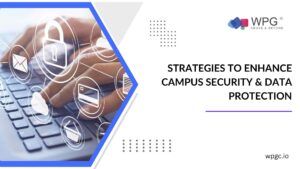
How Managed Services Foster Business Growth and Innovation
As your business grows, so does the complexity of your IT needs. Managing internal infrastructure, keeping systems secure, and supporting new users or

As your business grows, so does the complexity of your IT needs. Managing internal infrastructure, keeping systems secure, and supporting new users or

Technology is the backbone of modern business operations. However, when IT systems fail, the consequences can be severe. The average cost of downtime

In today’s fast-paced business environment, technology issues can bring your operations to a grinding halt. From unexpected downtime to cybersecurity threats, many businesses face

In today’s increasingly demanding IT landscape, protecting your IT systems, data, and overall business operations is more critical than ever. Failing to prioritize these

Managed IT services are vital for businesses looking to optimize their technology operations and drive efficiency. However, deciphering the pricing structures behind these services

When reflecting on the role of IT systems in business, it’s essential to see them as the foundation that supports every aspect of operations.

Selecting the right managed service provider is a pivotal decision for businesses looking to scale their technology while staying secure and efficient. With cyber

Managing IT challenges is becoming increasingly daunting for modern businesses. A Ponemon Institute study revealed that 64% of organizations experienced major operational disruptions last

In today’s digital world, schools generate and handle more sensitive student data than ever before. From grades and medical records to standardized test scores and

In current times, the world pandemic has made people appreciate telehealth more. Telehealth refers to the utilization of digital technologies such as video calls and
SERVICES
INDUSTRIES
VOIP
WPG is a privately owned IT Support and
IT Services business formed in 2014.
Today we’re proud to boast a strong team
of IT engineers who thrive on rolling up
their sleeves and solving your IT problems
and meeting your business needs.
CONTACT